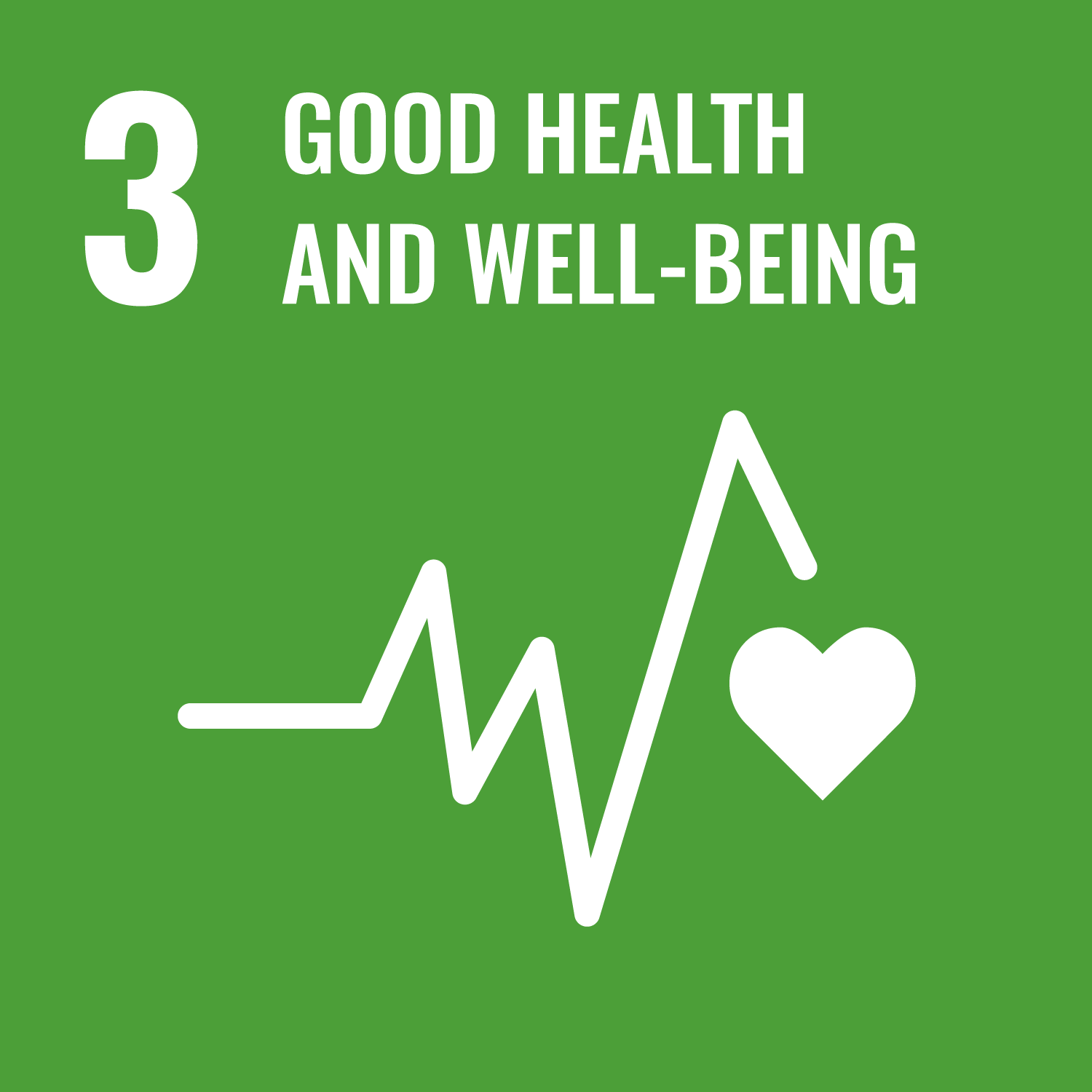Biosensors, which is one of the most popular field of bioelectronics, have been widely researched and developed as a tool
for medical and environmental monitoring. The biosensors are designed to produce a digital electronic signal which is proportional
to the concentration of a specific bio/chemical or a set of bio/chemicals in the presence of a number of interfering species.
The typical architecture of biosensors is a combination of biological components and transducers as shown schematically. The
biological substances are generally chosen from among enzymes, antibodies, receptors, tissues and microorganisms because of
their excellent selective functionality for target substances. The transducers are electrodes, photoncounters, thermistors,
quartz crystal microbalances, semiconductor devices and surface plasmon resonance devices, which are electronic or photonic
devices. We study those bioelectronics.
You can comprehend the concept and principle of bioelectronics
You can comprehend the concept and principle of bionanotechnology
You can comprehend the concept and principle of biodevices
You can comprehend the concept and principle of bionanotechnology
You can comprehend the concept and principle of biodevices
- You can comprehend the concept and principle of bioelectronics
- You can comprehend the concept and principle of bionanotechnology
- You can comprehend the concept and principle of biodevices
| Class schedule | HW assignments (Including preparation and review of the class.) | Amount of Time Required | |
|---|---|---|---|
| 1. | Introduction | Introduction | 190minutes |
| 2. | Chemical sensors | Chemical sensors | 190minutes |
| 3. | Enzyme biosensors (1) | Enzyme biosensors (1) | 190minutes |
| 4. | Enzyme biosensors (2) | Enzyme biosensors (2) | 190minutes |
| 5. | Microbial biosensors | Microbial biosensors | 190minutes |
| 6. | Surface plasmon resonance biosensors | Surface plasmon resonance biosensors | 190minutes |
| 7. | Quartz crystal microbalance biosensors | Quartz crystal microbalance biosensors | 190minutes |
| 8. | DNA chip | DNA chip | 190minutes |
| 9. | Protein chip | Protein chip | 190minutes |
| 10. | Electronics for biotechnology | Electronics for biotechnology | 190minutes |
| 11. | Biofuel cell | Biofuel cell | 190minutes |
| 12. | Presentation and Discussion (1) | Presentation and Discussion (1) | 190minutes |
| 13. | Presentation and Discussion (2) | Presentation and Discussion (2) | 190minutes |
| 14. | Presentation and Discussion (3) | Presentation and Discussion (3) | 190minutes |
| Total. | - | - | 2660minutes |
| 1 | Total. | |
|---|---|---|
| 1. | 40% | 40% |
| 2. | 30% | 30% |
| 3. | 30% | 30% |
| Total. | 100% | - |
Presentation 50% Report 50%. The 60% is equivalent to the minimum quality and quantity for presentation and final report.
Turner, A.F.P., Karube, I., Wilson, G.S., 1987. Biosensors Fundamentals and Applications, Oxford Science Publications, Oxford.
- Tuesday 12:30-13:20 Room 9B27
I accept by e-mail (muguruma@shubaura-it.ac.jp), followed by Zoom meeting.
- Non-social and professional independence development course
| Work experience | Work experience and relevance to the course content if applicable |
|---|---|
| Applicable | I teach the bioelectronics with meaking advantage of the experience developing medical devices and biosensors jointly with companies. |


- 3.GOOD HEALTH AND WELL-BEING
- 9.INDUSTRY, INNOVATION AND INFRASTRUCTURE
Last modified : Sun Mar 21 15:10:02 JST 2021
